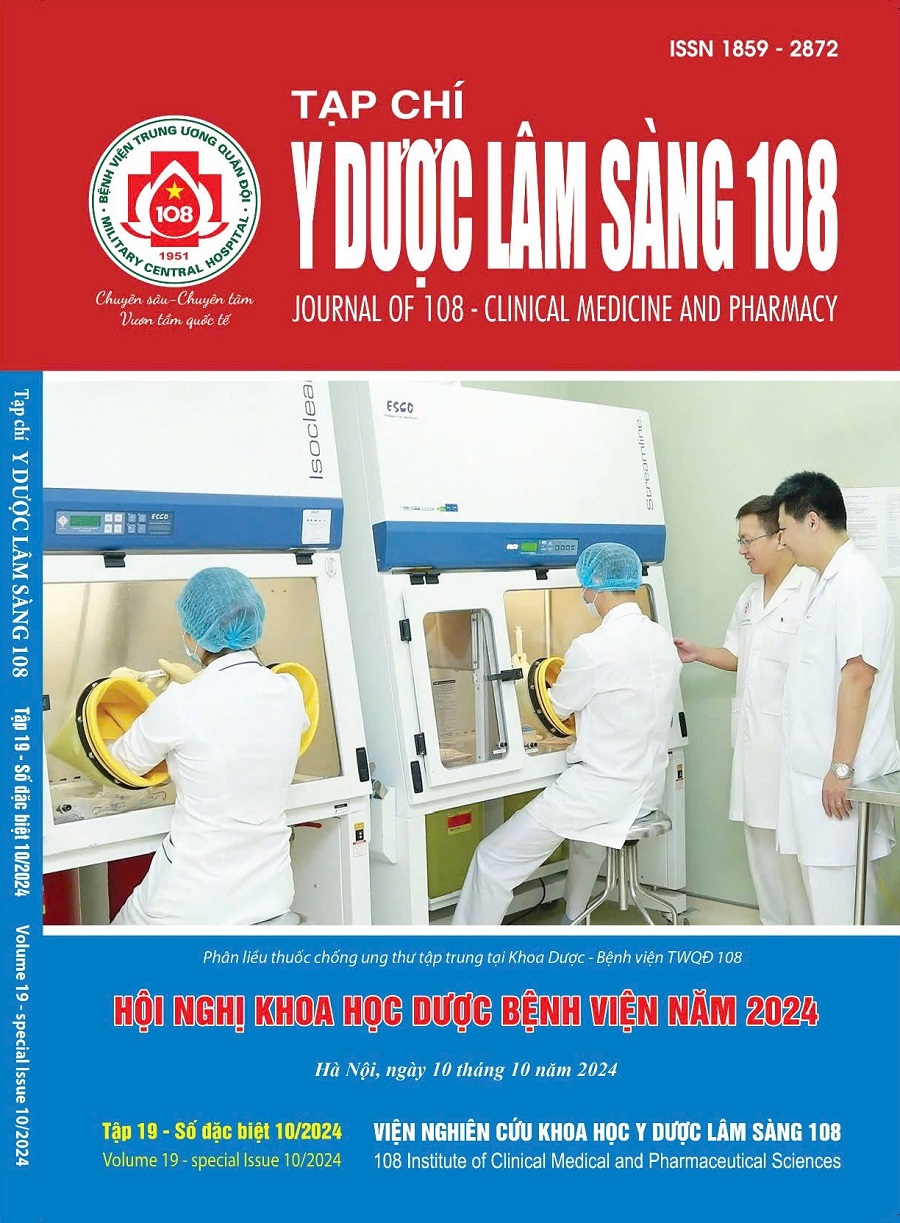A survey on antifungal agent usage in patients with suspected candidemia at a tertiary hospital
Main Article Content
Keywords
Abstract
Objective: To survey the usage of antifungal agents and the variables affecting the severity and mortality among suspected candidemia patients. Subject and method: A retrospective descriptive cross-sectional study was conducted on the medical records of 78 adult patients prescribed antifungal agents for candidemia for more than two days from 2020 to 2023 at a tertiary hospital. Result: The number of candidemia patients with empirical treatment was four times higher than those with targeted treatment. The proportion of Candida non-albicans (59.1%) was higher than Candida albicans (50.0%). Amphotericin B (47.4%) was the most frequently used initial antifungal agent, followed by caspofungin (34.6%) and fluconazole (17.9%). The overall rate of appropriate antifungal use was low (35.9%). Patients fulfilling Ostrosky Zeichner had more severe outcomes and higher mortality rates than those who did not
(p=0.035, OR = 2.737, 95% CI: 1.075-6.970). Conclusion: Amphotericin B was the most commonly used antifungal agent for treating candidemia. The rate of appropriate antifungal usage remained low. The factor meeting the Ostrosky-Zeichner criteria significantly influenced the severity and mortality outcomes in patients with suspected candidemia.
Article Details
References
2. Guinea J (2014) Global trends in the distribution of Candida species causing candidemia. Clin Microbiol Infect 20(6): 5-10. doi: 10.1111/1469-0691.12539.
3. Tsay SV, Mu Y, Williams S, et al (2020) Burden of Candidemia in the United States, 2017. Clinical Infectious Diseases 71(9): 449-453.
4. Sutepvarnon A, Apisarnthanarak A, Camins B, Mondy K, Fraser VJ (2008) Inappropriate use of antifungal medications in a tertiary care center in Thailand: a prospective study. Infection Control & Hospital Epidemiology 29(4): 370-373.
5. Munoz P, Valerio M, Vena A, Bouza E (2015) Antifungal stewardship in daily practice and health economic implications. Mycoses 58(2): 14-25.
6. Pappas PG, Kauffman CA, Andes DR, et al (2016) Clinical practice guideline for the management of candidiasis: 2016 update by the Infectious Diseases Society of America. Clinical Infectious Diseases 62(4): 1-50.
7. Bộ Y tế (2021) Quyết định số 3429/QĐ-BYT. Quyết định về việc ban hành Hướng dẫn chẩn đoán và điều trị nhiễm nấm xâm lấn.
8. Nivoix Y, Launoy A, Lutun P et al (2012) Adherence to recommendations for the use of antifungal agents in a tertiary care hospital. J Antimicrob Chemother 67(10): 2506-2513.
9. Leroy O, Bailly S, Gangneux JP, et al (2016) Systemic antifungal therapy for proven or suspected invasive candidiasis: The AmarCAND 2 study. Ann Intensive Care 6(1): 2.
10. Morrell M, Fraser VJ, Kollef MH (2005) Delaying the empiric treatment of Candida bloodstream infection until positive blood culture results are obtained:
A potential risk factor for hospital mortality. Antimicrobial agents and chemotherapy 49(9): 3640-3645.
11. Phạm Hồng Thắm, Nguyễn Cấp Tăng, Trương Thị Hà, Nguyễn Tú Anh (2022) Khảo sát tình hình nhiễm Candida máu tại Bệnh viện Nhân dân Gia Định. Tạp chí Y học Việt Nam 520 (Chuyên đề), tr. 365-372.
12. Al-Dorzi HM, Sakkijha H, Khan R, et al (2020) Invasive Candidiasis in Critically Ill Patients: A Prospective Cohort Study in Two Tertiary Care Centers. J Intensive Care Med 35(6): 542-553.
13. Phan Hồng Thắng, Lê Quốc Thình, Phùng Nguyễn Thế Nguyên (2021) Nghiên cứu nhiễm Candida máu trẻ tại Bệnh viện Nhi Đồng 1. Tạp chí Y Học Thành phố Hồ Chí Minh 25(2), tr. 132-137.
14. Nguyễn Võ Trường Biên, Nguyễn Thị Anh Thư, Đặng Nguyễn Đoan Trang (2021) Khảo sát tình hình nhiễm nấm xâm lấn và sử dụng thuốc kháng nấm trên bệnh nhân nội trú tại Bệnh viện Đại học Y Dược Thành phố Hồ Chí Minh. Tạp chí Y Học Thành phố Hồ Chí Minh 25(4): 130-138.
 ISSN: 1859 - 2872
ISSN: 1859 - 2872
